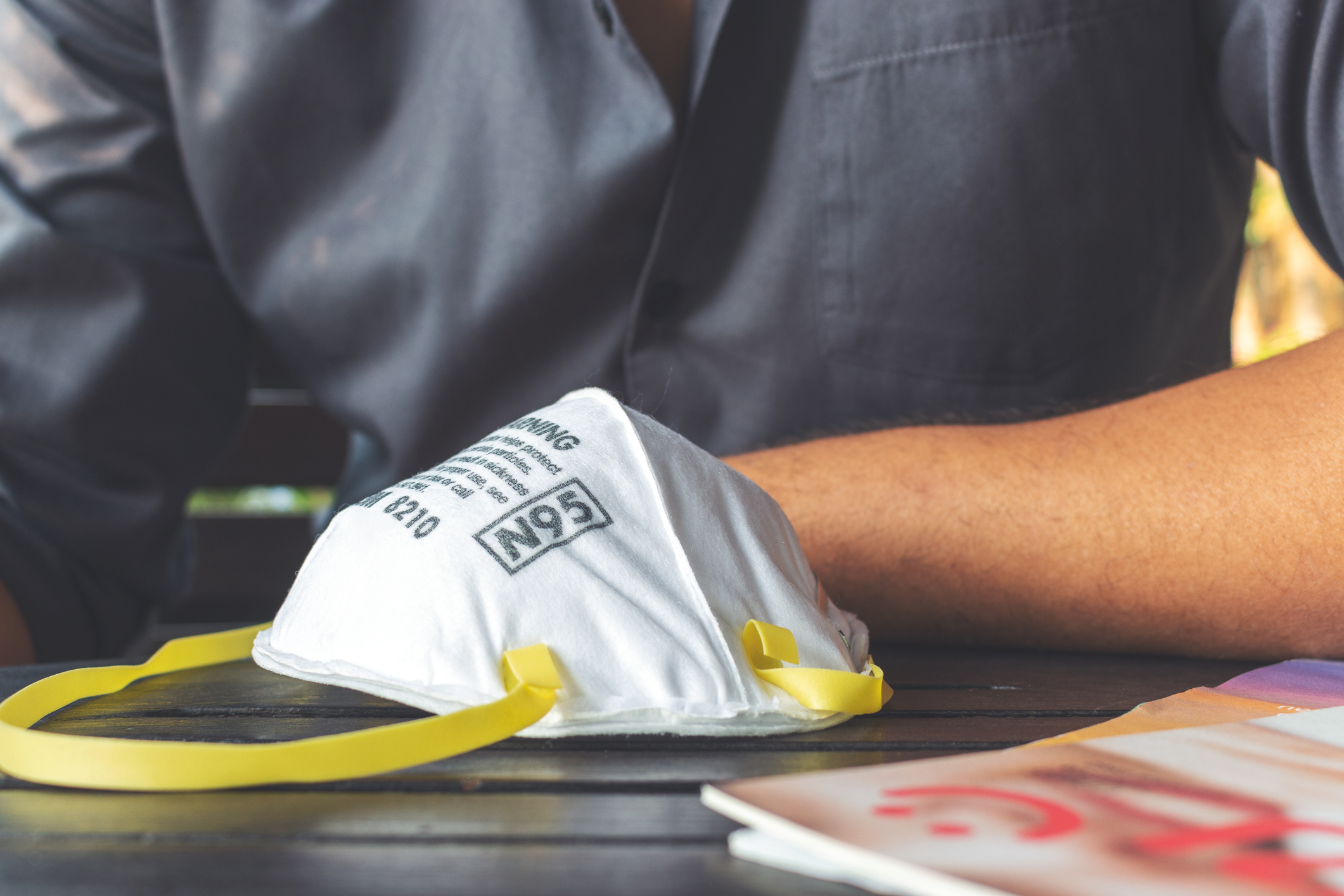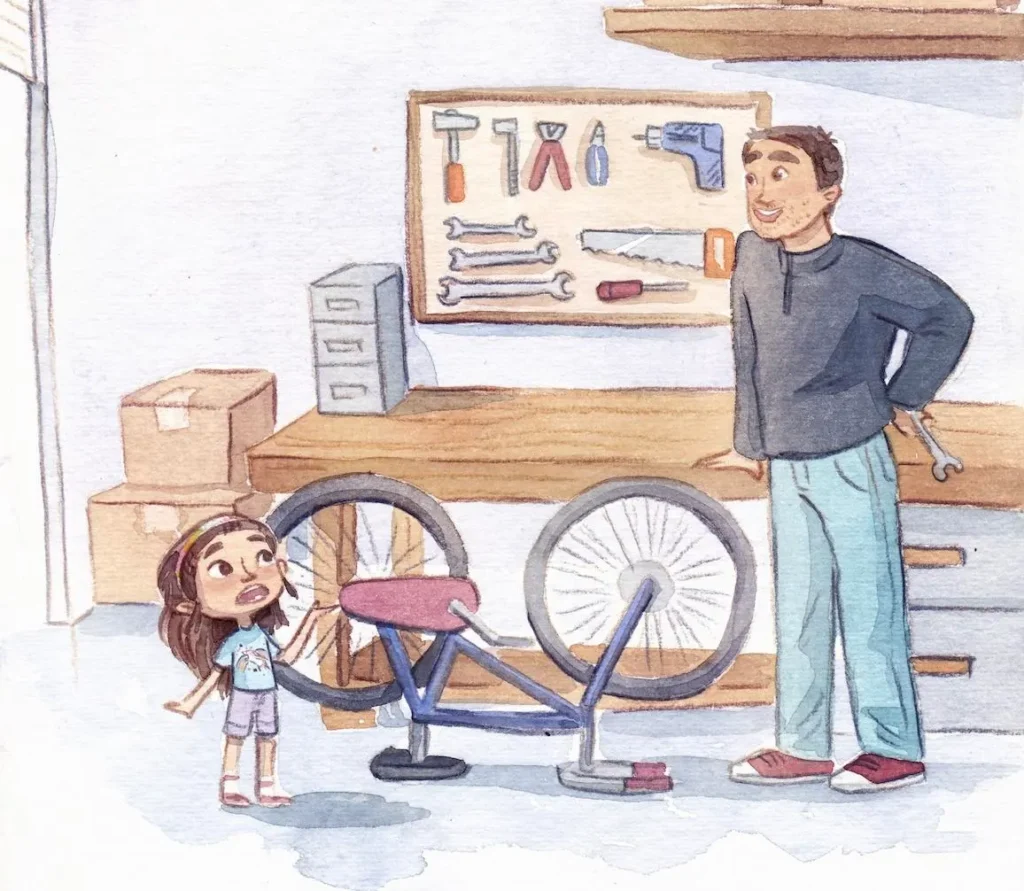March 28, 2020 / Esther Choy
 The story of Patient 31 in South Korea has become a cautionary tale about why social distancing is a crucial precaution. But will it persuade skeptics?
The story of Patient 31 in South Korea has become a cautionary tale about why social distancing is a crucial precaution. But will it persuade skeptics?
On February 15, 2020, while hospitalized after a car accident, doctors advised Patient 31 to get tested for coronavirus because she had developed a high fever.
“Instead,” according to Reuters, “the woman went to a buffet lunch with a friend at a hotel…. On February 17, she finally went to another hospital for the test. The next day, health authorities announced she was the country’s 31st confirmed case.”
In the days before her diagnosis, she had also mingled with crowds in Seoul and Daegu. While at the hospital, she attended church services at Shincheonji Church of Jesus. Within days after Patient 31 tested positive, hundreds of people at this church and nearby locations tested positive. Soon, the number climbed to nearly 5,000 infections in the “Shincheonenji church cluster.”
Though stories like this make a strong case for social distancing (especially when accompanied by the powerful Reuters’ infographics) many people still feel invincible and are not taking precautions, even as the death toll climbs.
What should you do in the workplace if your boss isn’t establishing sound policies for social distancing or hygiene? What if coworkers are laughing about the big parties they had this weekend, scoffing at the “ridiculous” shelter-in-place orders?
“We might wonder what could possibly motivate people to act in ways that raise the risk not only for themselves but for the most vulnerable among us,” writes Seth J. Gillihan in Psychology Today. “‘What are they thinking?’ we might ask in disbelief. That is exactly the right question,” says Gillihan. “Once we know what a person is thinking, their behavior generally makes sense. People do things for reasons…”
Gillihan says reasons may include overgeneralizing (thinking COVID-19 won’t be worse than SARS or other scares that did not affect them personally), minimizing (“it’s just like the flu!”), or relying on our gut feelings (“I don’t feel worried, so I’ll be fine”).
For people who feel this way, starting off with the story of Patient 31 may not work to persuade them, especially if they remain unconvinced this late in the game. It won’t get past their motivated reasoning.
Motivated Reasoning
Yale psychology professor Daniel Kahan describes motivated reasoning as “the unconscious tendency of individuals to fit their processing of information to conclusions that suit some end or goal.”
If a fact is personally threatening, people are less likely to believe it. I can’t say for sure, of course, but this motivated reasoning could, perhaps, explain why Patient 31 and others like her did not self-quarantine. Studies have shown that people who receive bad news in medical tests are more likely to distrust the lab results than people whose tests show that they’re healthy. It’s possible to change their minds, but more information is required to prove them wrong and show them that they really are sick or at risk.
Acknowledge, Aspire, Inspire
Start by acknowledging your audience’s point of view. People aren’t ready to be contradicted until they feel heard.
“I hear you, I know how you feel, I understand,” doesn’t work as a shortcut, either. People won’t believe you’ve heard them unless you can actually repeat what they’ve said.
Repeat what they tell you—verbatim— as much as you can. For instance, “So I hear you telling me that you decided to go ahead with your 100-person 40th birthday gathering because it was a ‘life-sustaining activity’ that would support the local economy, decrease everyone’s loneliness, and lift their spirits during these difficult times….”
After acknowledging your “unpersuadable” audience, inspire them to envision a different future—in this case, one where the curve gets flattened quickly and social isolation does not drag on for months upon months. This is the point where storytelling can play a role. At this point, you might want to tell the story of Patient 31, or the story of a vulnerable person whose life could be at risk if people don’t take appropriate precautions.
For more tips and insights on storytelling, sign up for our monthly guide!
Then encourage your audience to aspire to put that vision into practice: to wash their hands thoroughly, stay home except for truly life-sustaining activities, and thoroughly self-quarantine if they develop symptoms or have been exposed.
By acknowledging their current story, you can lead them to embrace a new one.
Taking the time to actually listen to people will do two things: 1) bond us to each other at a time when we’re reminded that we never know how long we have with each other; 2) actually convince them… which will save lives.
After we’ve flattened the curve, life will still be full of other topics to persuade “unpersuadable” co-workers, family members, and friends about, making the Acknowledge, Aspire, Inspire framework crucial to master.
Related Articles
Are You Prepared to Tell Persuasive Stories At A Moment’s Notice?
Persuading Audiences That Think They Know Everything
Better Every Story
Leadership Transformation through Storytelling
"This is an amazing and insightful post! I hadn’t thought of that so you broadened my perspective. I always appreciate your insight!" - Dan B.
Get Esther Choy’s insights, best practices and examples of great storytelling to your inbox each month.


